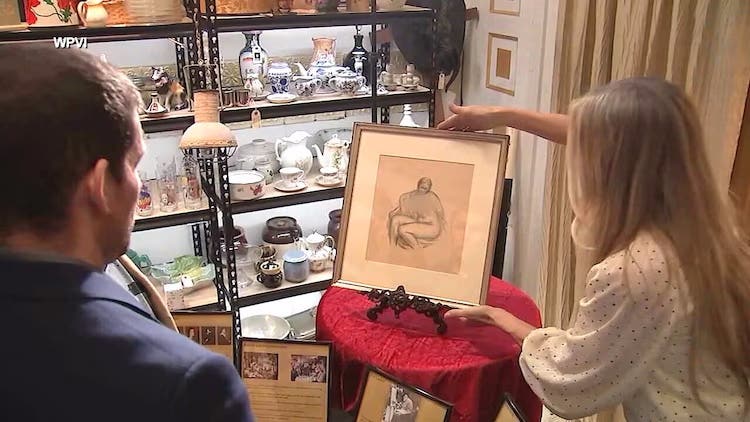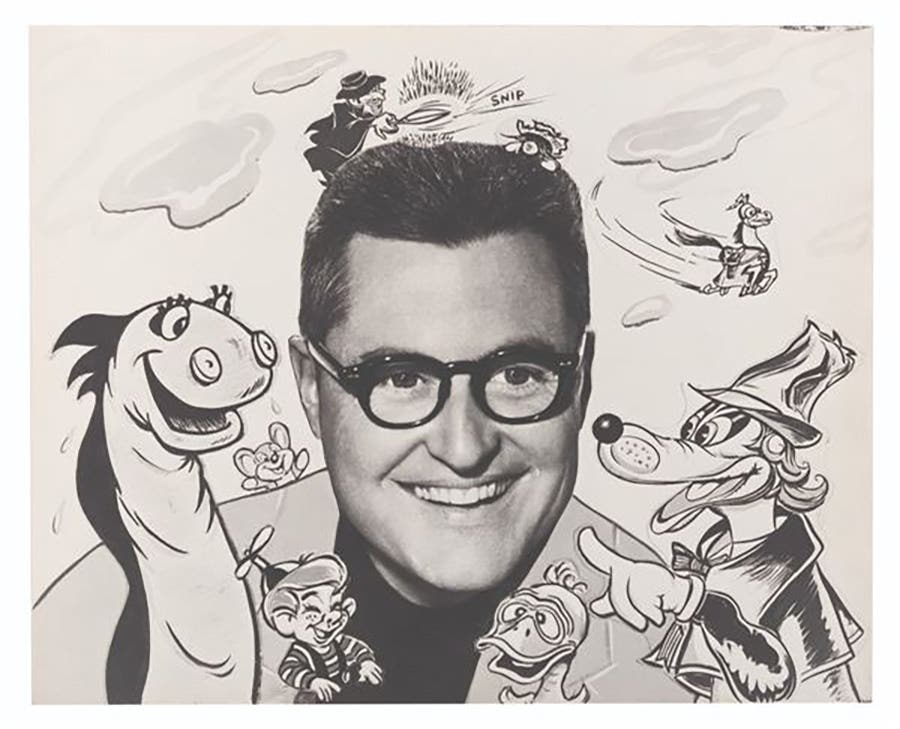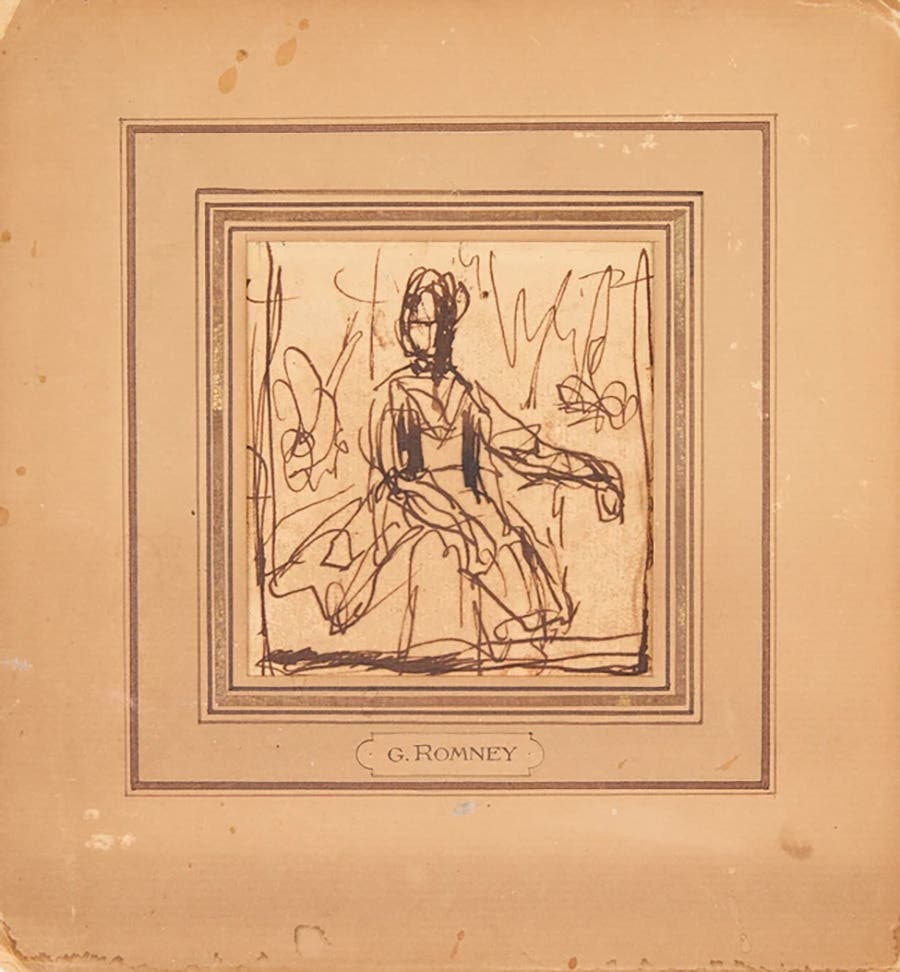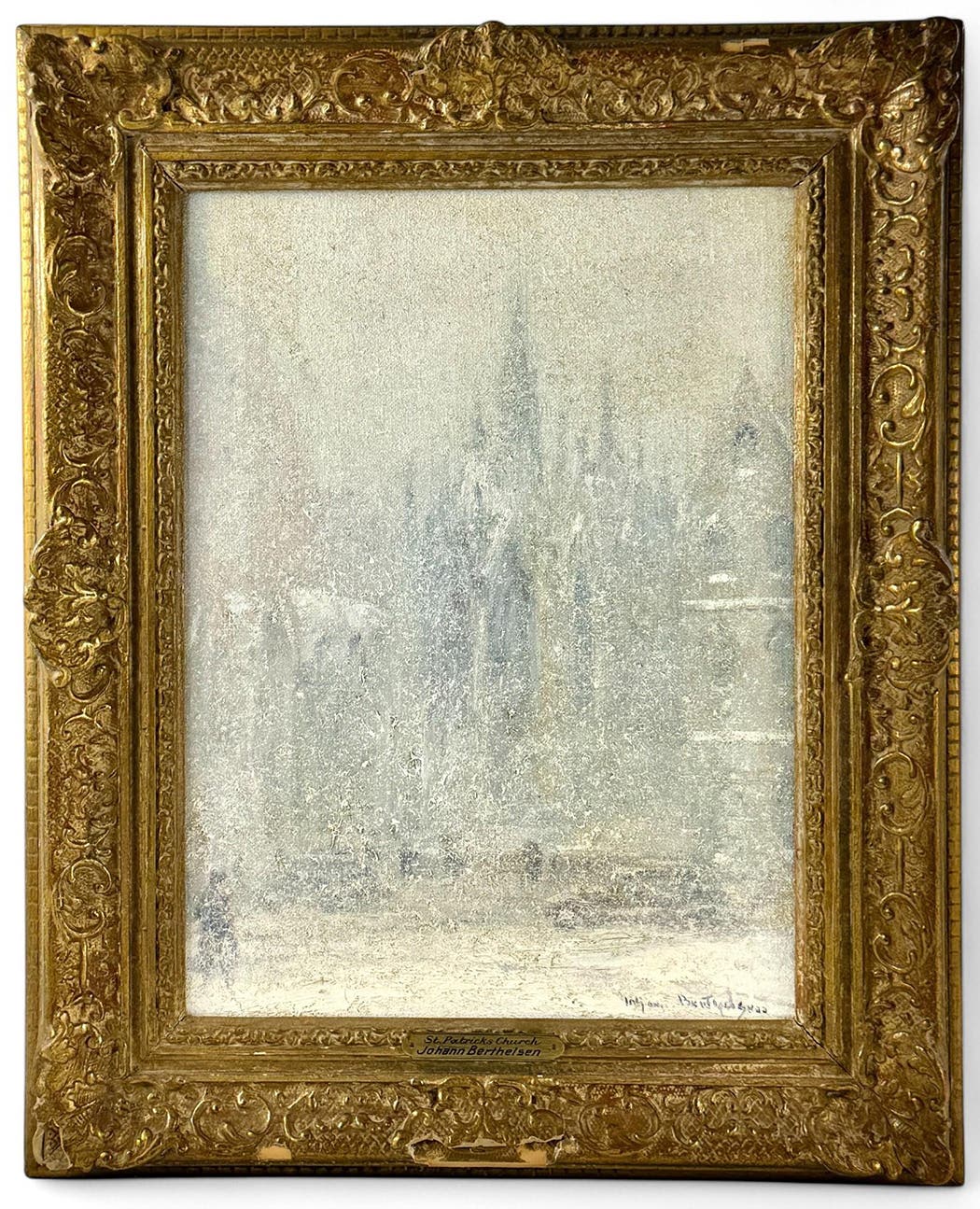Ask the Experts: “Fruit and Carafe” print may realize upward of $200
An enchanting commemorative print of a still life “Fruit and Carafe”, originally done in the 16th century done by Michelangelo Caravaggio Roman, is the subject of one inquiry fielded by Susan Mullikin in her Ask the Experts assessment.
Q I am sending you a photo of a print I have, and I would like to know if it’s worth anything.
In the lower left-hand corner of the painting is “Abraham, Color Print. Printed in Holland.” On the lower right corner, the printing says “Still Life by Michelangelo Caravaggio Roman. 1573-1610. National Gallery of Art, Washington, D.C. Samuel H. Kress Collection.”
— E.J.
Natchez, Miss.
A Your fine print, a still life credited to Michelangelo Caravaggio Roman, the original rendered during the time period 1573-1610, is titled “Fruit and Carafe.” Michelangelo Caravaggio Roman, an Italian painter, was considered one of the fathers of modern painting and the father of Roman still-life paintings.
Michelangelo arrived in a violent world, was orphaned and fell in with a group of painters and in 1595 struck out on his own. Michelangelo Caravaggio Roman is mostly credited with religious paintings, “The Resurrection of St. John the Baptist,” for instance.
Beyond the name of the original artist of your print listed, the National Gallery of Art, Washington, D.C., the Samuel H. Kress Collection is also stated on your print, as you mentioned, in the lower right corner. Between 1920 and 1950, Samuel Henry Kress (1863-1955) and his brother amassed a very large collection of European art, one of the largest collections ever. Beginning in 1930, they decided to divide this collection and share these grandest arts of Europe with the American people. Seven hundred works of art, created between the 13th and 18th century, were donated to the National Gallery of Art in Washington D.C. and became known as the Samuel H. Kress collection. (In fact, the original of your print is located in the West Building, Main Floor, Gallery 34 in the collection.)
In the lower left corner of your print you mentioned it states, “Printed in Holland, Abraham Color Print.” Abraham Singer began his one-man printing shop in 1898, and in 1925 became Amsterdam Printing and Litho. Your print was printed in commemoration of the Samuel H. Kress Collection, a color print of the original. I would place a value of between $200 and $300 on this lovely work of art.
-----------------------------------------------------------
QI found this shade in my mother’s attic and have it hanging over my dining room table. I would like to know its value.
— M.A.W.
Sioux Rapids, Iowa
A Your antique slag glass lamp shade found in your mother’s attic, now hanging over your dining room table, is indicative of the Arts and Crafts time period in history, the 1920s.
The slag glass of your lamp shade was first produced in late 19th century England. When those producing the slag added slag from iron smelting works to molten glass, a marbling effect was introduced in the glass. Within the marbled glass, different colors were added leading to the caramel color of your lamp shade. A note: Caramel slag is the incorrect name for chocolate glass. Your Arts and Crafts lamp shade was produced in response to the fancy Tiffany glass shades produced earlier as a way to produce the same lighted effect at a much more appealing price to the middle class.
Your slag glass lamp shade shows much labor intensive work with the filigree swirling metal work that has been added to each curved slag glass panel. Also, between each panel a small section of red slag glass has been added as seen in the photo. Assuming your Arts and Crafts antique slag glass lamp is in excellent condition with no cracks or flaws and your lamp is not signed (check the underside for a signature), I would state your lamp in the $700 to $900 range.








